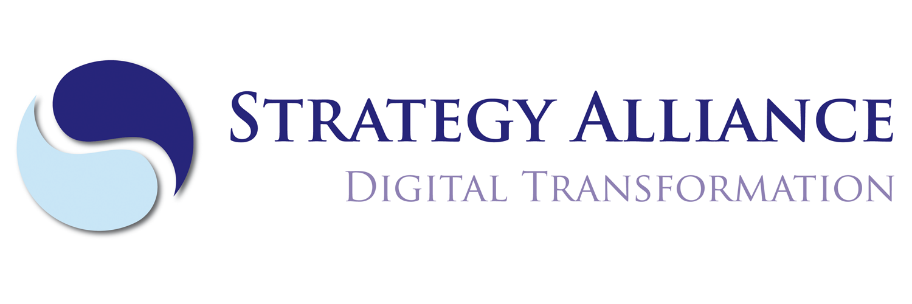A business architect shows the relevance of needs and requirements by linking them to the strategic context. And that's the most complicated part of an architect's job. Understanding the connection is one thing, but communicating it to developers and designers is another. You don't do this with a few reports describing the functionalities or use cases. You do that through communication. But, as an architect, what should I communicate about the vision or strategy to developers? I don't think this can be achieved through technology, but through communication in the design process.
It is good to first understand how a design process works. I do not have in mind a product investment, but the design of an operation with new technology or tools. It starts with an idea, triggered by new possibilities and the assumption that these will eventually deliver more quality or revenue. During such a process, there is no escaping the minimum number of disciplines that must be involved. First, the idea must be supported by the various executives. The idea is then described in half an A4. What is the big idea? What is the reason? Are there any showstoppers? What are the expected results?

